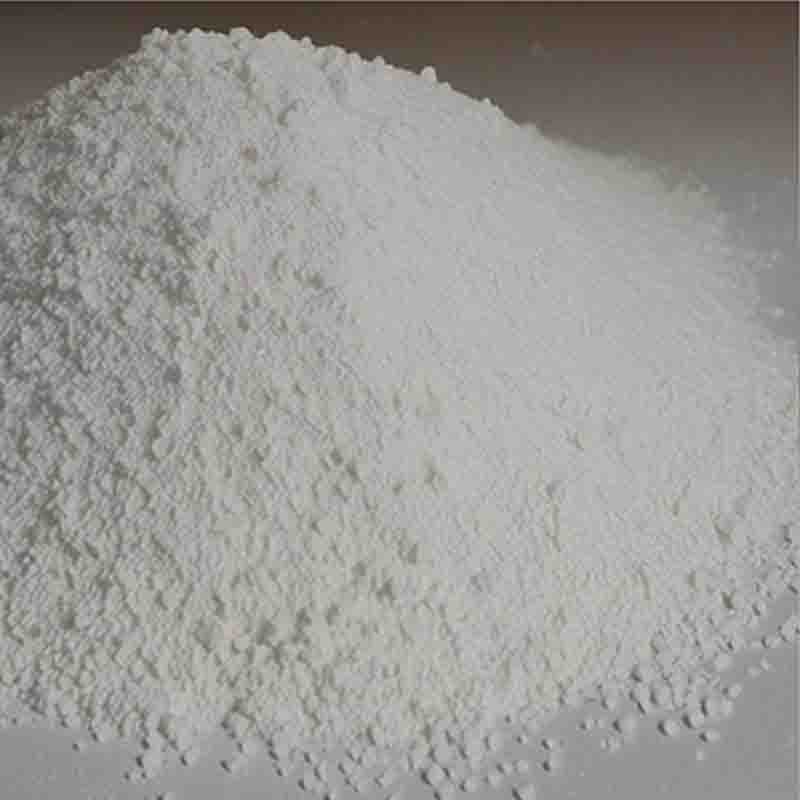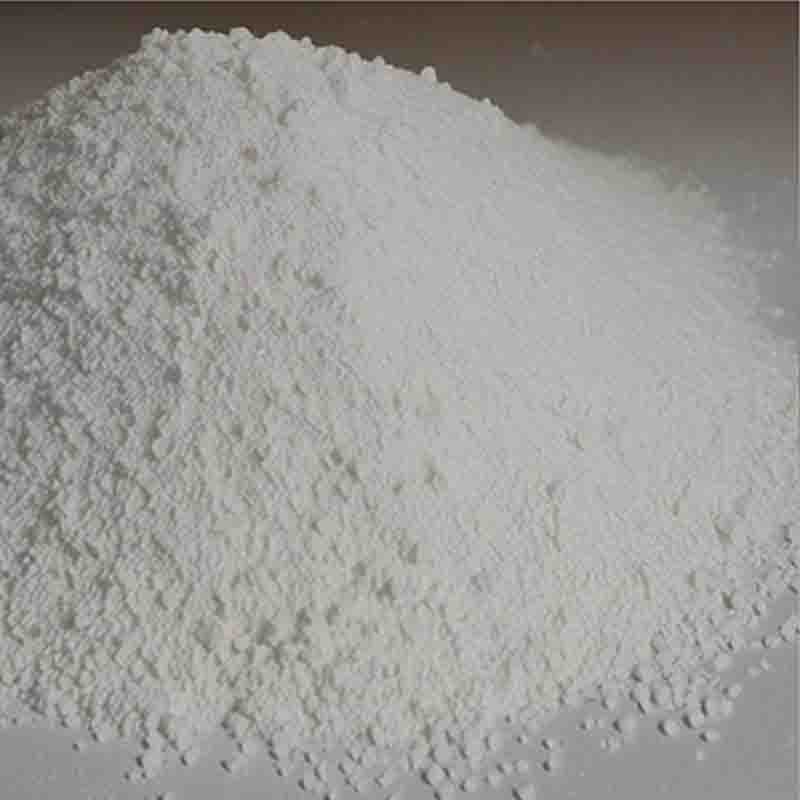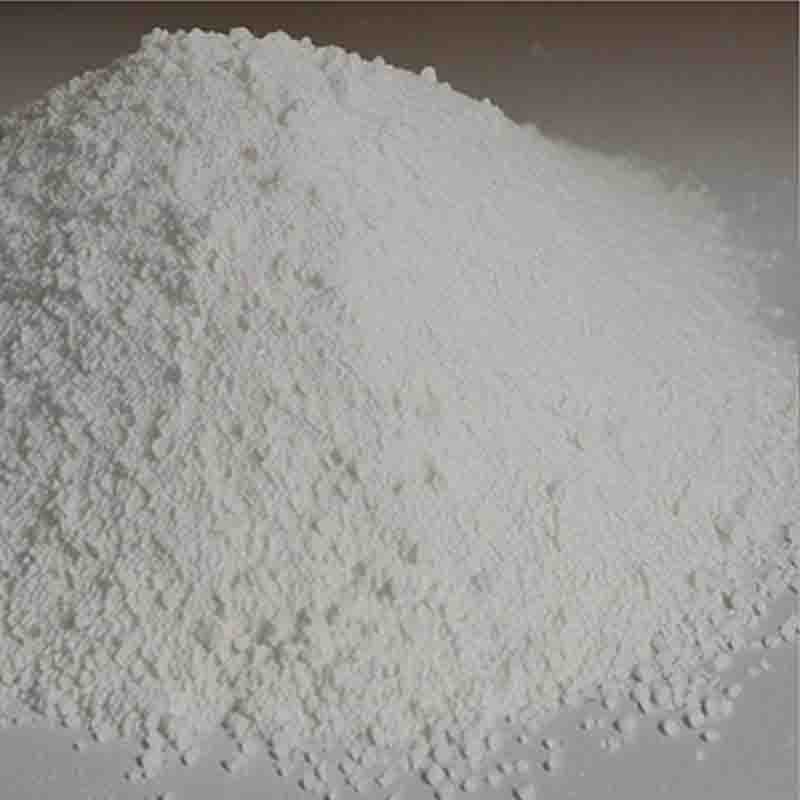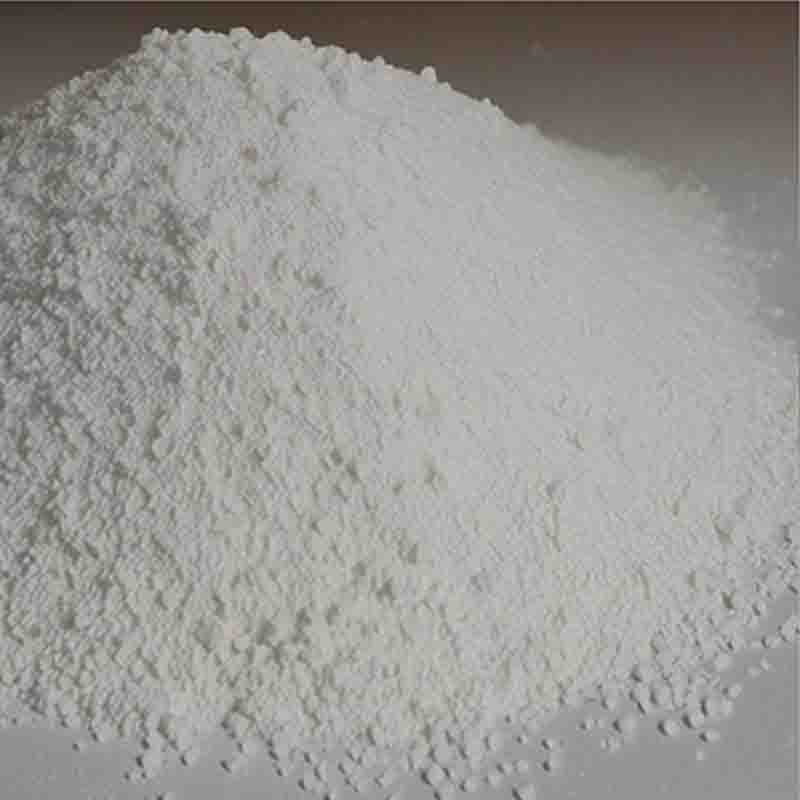4-Aminobenzonitrile CAS:873-74-5
| Catalog Number | XD94798 |
| Product Name | 4-Aminobenzonitrile |
| CAS | 873-74-5 |
| Molecular Formula | C7H6N2 |
| Molecular Weight | 118.14 |
| Storage Details | Ambient |
Product Specification
| Appearance | White powder |
| Assay | 99% min |
4-Aminobenzonitrile is a chemical compound with the formula C7H6N2. It consists of a benzene ring with an amino group (-NH2) and a nitrile group (-CN) attached to it. Here are some effects and applications of 4-Aminobenzonitrile:Pharmaceutical synthesis: 4-Aminobenzonitrile is commonly used as a starting material or building block in the synthesis of various pharmaceutical compounds. It can undergo reactions such as condensation, cyclization, and substitution to produce a wide range of drugs, including anti-inflammatory agents, antiviral drugs, and enzyme inhibitors.Polymer chemistry: 4-Aminobenzonitrile can be utilized as a monomer in the synthesis of polymers. By undergoing polymerization reactions, it can contribute to the formation of various polymers with desirable properties, such as strength, flexibility, and chemical resistance. These polymers can find applications in industries such as plastics, adhesives, and coatings.Dye synthesis: 4-Aminobenzonitrile can serve as an intermediate in the production of dyes and pigments. It can undergo a variety of chemical reactions, including diazotization and coupling reactions, to produce different chromophores and colorants. These dyes are commonly used in textiles, inks, and other coloring applications.Organic synthesis: 4-Aminobenzonitrile is a versatile compound that can undergo multiple reactions to form a wide array of organic derivatives. It is used as a starting material for the synthesis of various aromatic compounds, including substituted benzene derivatives and heterocycles. These compounds find applications in materials science, organic electronics, and as intermediates in the synthesis of other valuable chemicals.Photoluminescent properties: Certain derivatives of 4-Aminobenzonitrile exhibit photoluminescent properties, meaning they emit light upon excitation. These compounds have been studied for their potential application in organic light-emitting diodes (OLEDs), sensors, and other optoelectronic devices.Agricultural chemicals: 4-Aminobenzonitrile derivatives have been investigated for their potential use as plant growth regulators and herbicides. These compounds can affect plant growth, development, and tolerance to stress, and hold promise for improving agricultural productivity and sustainability.In conclusion, 4-Aminobenzonitrile has significant effects and applications in pharmaceutical synthesis, polymer chemistry, dye synthesis, organic synthesis, photoluminescent materials, and agricultural chemicals. Its versatile nature and ability to undergo various reactions make it a valuable building block for the synthesis of a wide range of compounds in different fields of chemistry and industry.









